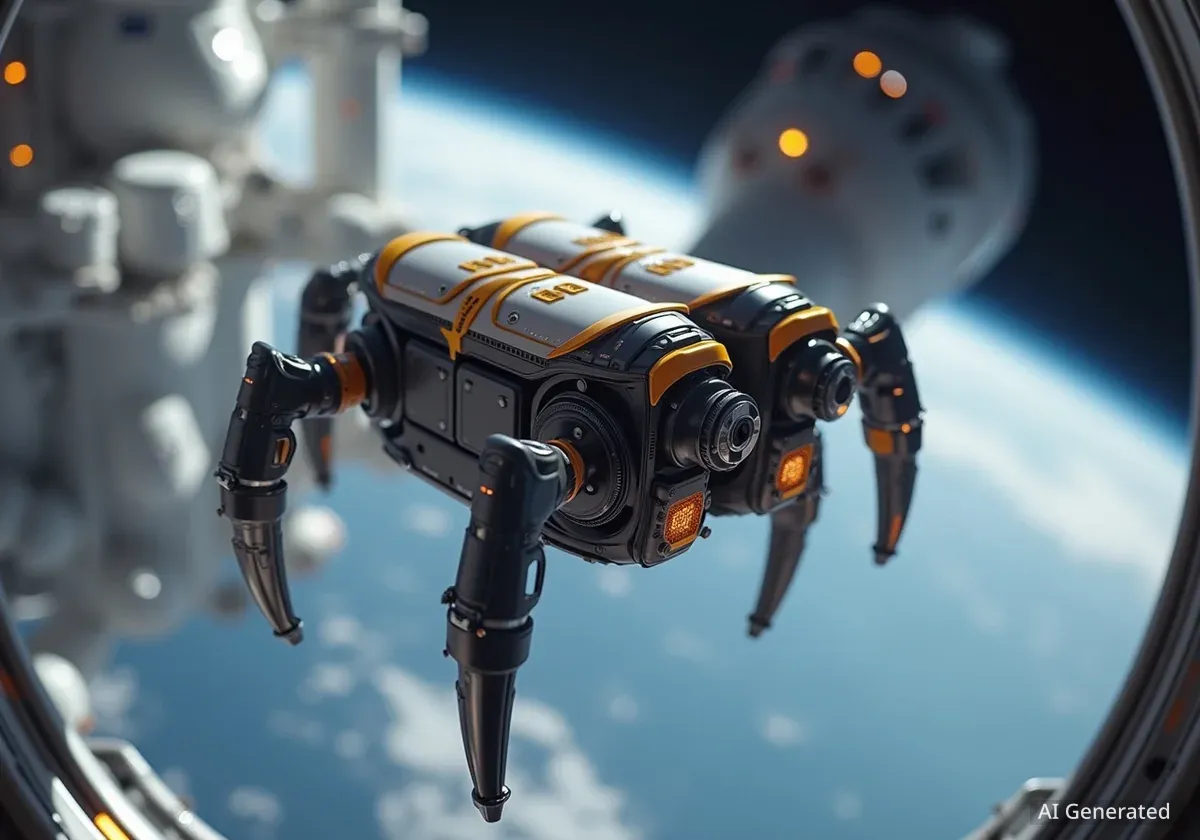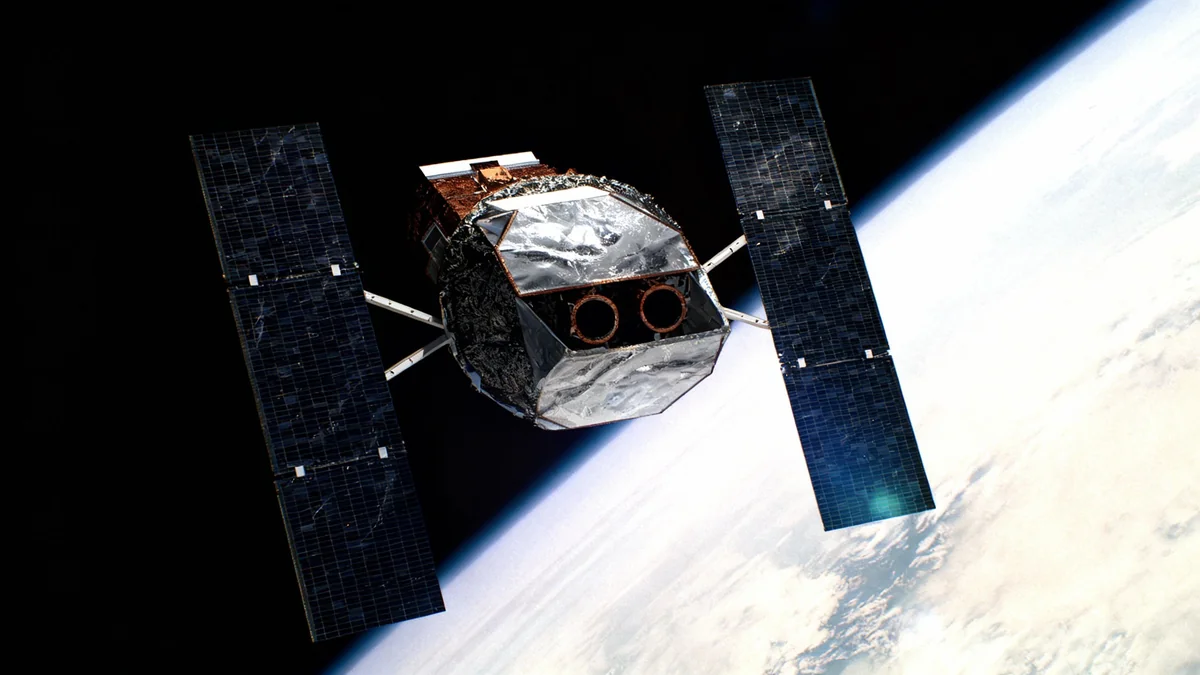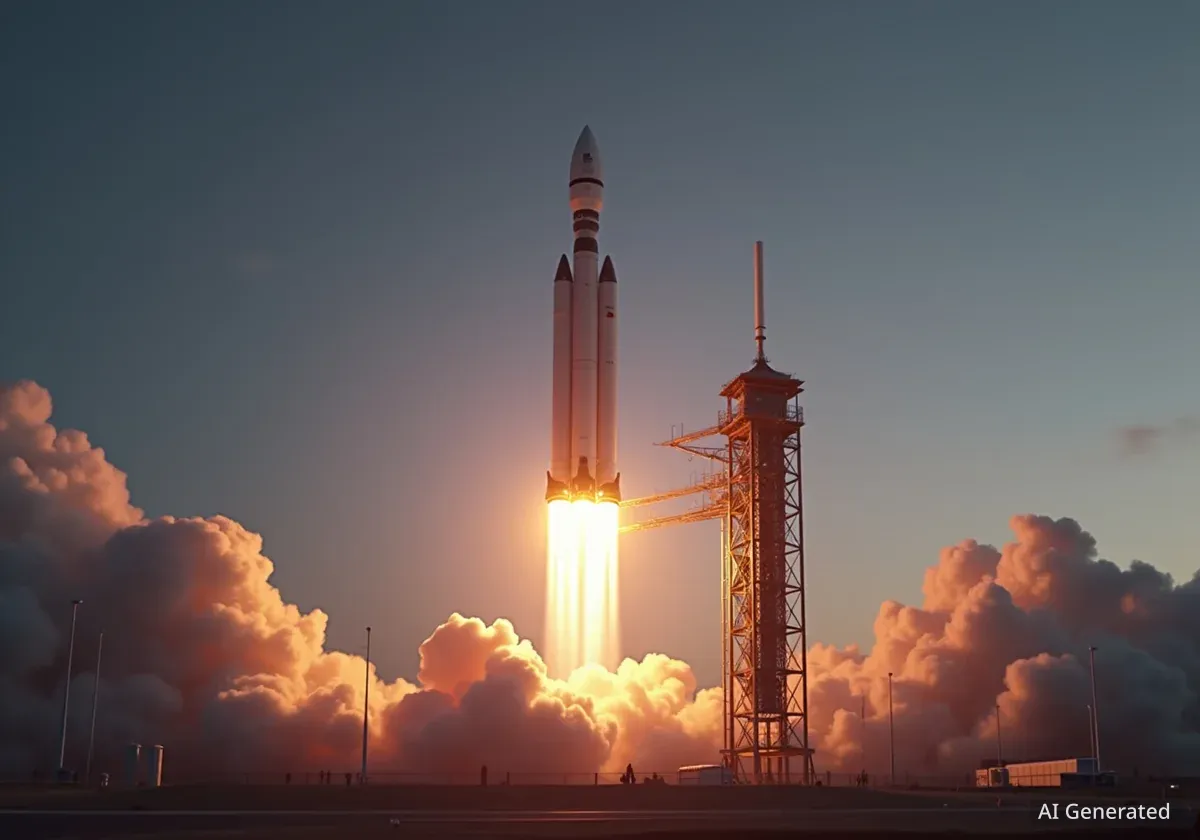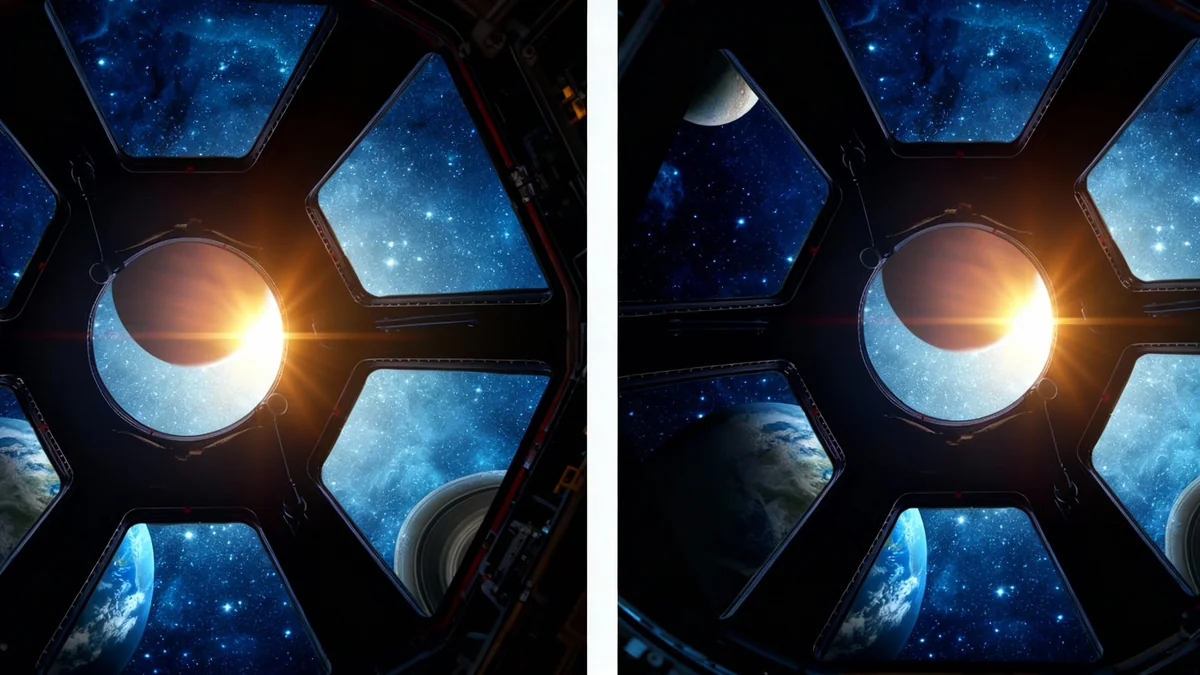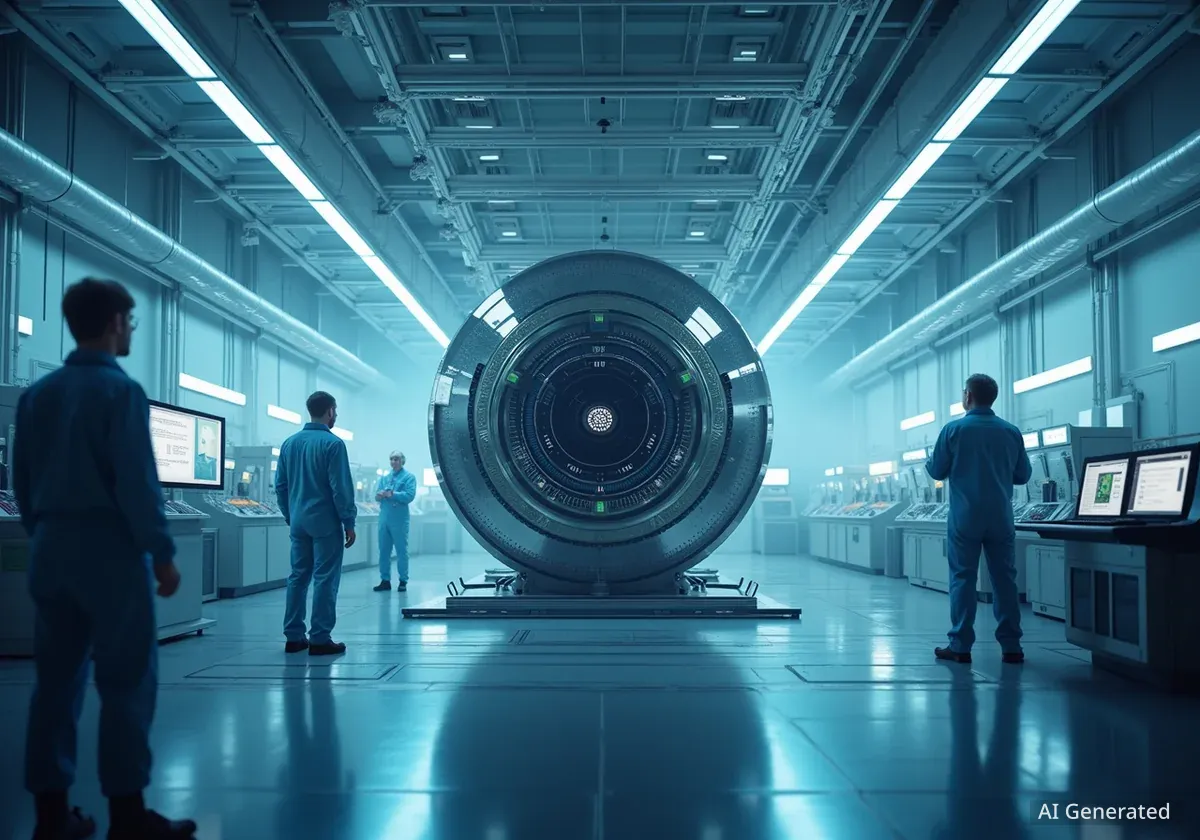NASA's free-flying robotic platform, Astrobee, which operates aboard the International Space Station (ISS), is set to transition to commercial management. The space logistics company Arkisys will assume responsibility for the platform's maintenance and operations, with a planned return to service in early 2026. The change aims to broaden access for researchers, commercial companies, and educational initiatives.
Key Takeaways
- The Astrobee robotic platform on the ISS is transitioning from NASA to commercial management under the company Arkisys.
- Operations are scheduled to resume in early 2026, opening the platform to a wider range of commercial and international users.
- Astrobee serves as a critical microgravity testbed for experiments in autonomous navigation, computer vision, and robotics.
- Arkisys will offer a tiered service model for software and hardware experiments, supported by ground testing facilities.
Commercial Management to Expand Space Research
The operational control of the Astrobee robotic system will be transferred to Arkisys, a space logistics firm founded by David Barnhart. Barnhart, who is also a Research Professor at the University of Southern California (USC), announced the transition during a panel at LA Tech Week on October 13, 2025, hosted at USC's Information Sciences Institute (ISI).
This move marks a significant shift for the platform, which has so far been managed directly by NASA. By placing Astrobee under commercial stewardship, the program intends to streamline access for a diverse group of users, including international space agencies, private companies, and academic institutions. Arkisys will facilitate these partnerships through the ISS National Laboratory.
Background on Astrobee
Astrobee is a cube-shaped, autonomous robot designed to operate within the pressurized environment of the ISS. It follows an earlier platform called SPHERES, which was developed at MIT. The concept was inspired by a scene in the 1977 film Star Wars featuring a floating training droid. Astrobee uses air propulsion to navigate in microgravity and is equipped with cameras, a touchscreen, and a perching arm, making it a versatile tool for in-orbit research.
A Versatile Platform for In-Orbit Testing
Astrobee provides a unique environment for testing technologies that are difficult to validate on Earth. Jonathan Barlow, the Astrobee Project Manager, described the system's core function simply. "It’s a robot in space," he stated. "It has propulsion, it has cameras, it has computing power, and it’s flying around inside the space station."
The platform's capabilities allow researchers to conduct experiments in areas such as autonomous navigation, computer vision, and robotic servicing technologies in a true zero-gravity setting. The transition to commercial management is expected to accelerate development in these fields by making the platform more accessible.
"Astrobee gives us a rare chance to test autonomy in a true microgravity environment. It’s a flying robot on the space station. That makes it incredibly rare and valuable for universities and companies nationally and across the world."
Arkisys's Plan for Broader Access
To support the new operational model, Arkisys is developing a three-tier service structure for potential users. This model is designed to accommodate a variety of experimental needs and budgets.
The planned service tiers include:
- Software-Only Experiments: Users can run code on the existing Astrobee platform without sending new hardware to space.
- Integrated Hardware Payloads: Researchers can utilize their software with existing hardware payloads already aboard the ISS.
- New Hardware Launches: The model will eventually support launching new hardware to the station for integration with Astrobee.
To prepare experiments for flight, ground testing facilities will be available at three locations: NASA Ames Research Center, USC, and Arkisys’s own facility in Los Alamitos, California. This network will allow for thorough pre-flight validation of software and hardware.
Fact Sheet: Astrobee Robot
- Type: Free-flying autonomous robot
- Location: International Space Station (ISS)
- Propulsion: Air-based system for movement in microgravity
- Equipment: Cameras, touchscreen, laser pointers, perching arm
- Predecessor: SPHERES (Synchronized Position Hold, Engage, Reorient, Experimental Satellites)
Current and Future Astrobee Projects
The panel highlighted several ongoing projects that demonstrate Astrobee's value as a research platform. These initiatives span from educational outreach to advanced robotics development.
Engaging the Next Generation
One prominent program is Zero Robotics, a STEM initiative from MIT. According to Alissa Chavalithumrong, the project allows middle and high school students to write code that is executed on the ISS. "It’s not just a simulation," she explained. "The code goes through flight readiness and is uploaded to the ISS. They’re literally writing code for space."
Advancing Autonomous Systems
Commercial startups are also leveraging Astrobee to develop new technologies. Kirk Hovell of Obruta Space Solutions presented AstroSee, a system using computer vision to enable autonomous spacecraft docking. "We’re trying to create an autonomy layer for docking that helps spacecraft align and navigate without relying on Earth," Hovell said.
Another project, REACCH from Kall Morris Inc., explores the use of tentacle-like robotic arms for capturing space debris. Austin Morris noted, "We’re taking inspiration from biology to build something adaptive and precise. Astrobee gives us a microgravity test environment to learn what works."
University-Led Innovation
Academia continues to be a key user. Jaxson Hill, a Ph.D. student at USC, detailed progress on CLINGERS, a prototype for a genderless docking mechanism. "We’re exploring how small, cooperative spacecraft could latch onto surfaces or each other in orbit," he said. "Astrobee helps us validate those ideas in the actual environment."
Yashvi Deliwala, the Astrobee Mission Manager at Arkisys and a USC graduate, outlined the complex process of getting an experiment approved and integrated, from the initial proposal to final software deployment on the ISS.

